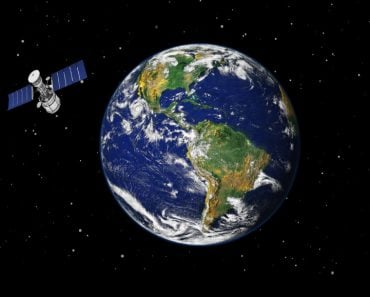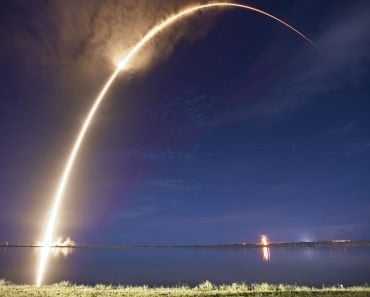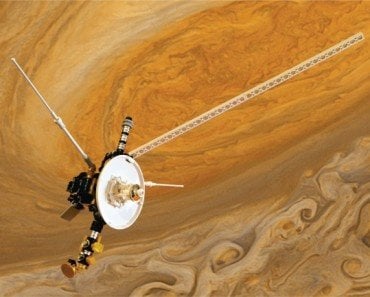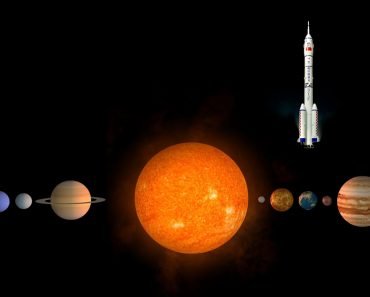Table of Contents (click to expand)
A rocket must curve its trajectory after launch to enter Earth’s orbit. If it goes straight up without curving its path, it will eventually run out of fuel and plummet back to Earth like a stone.
Take a look at this picture of the trajectory of a launched rocket:
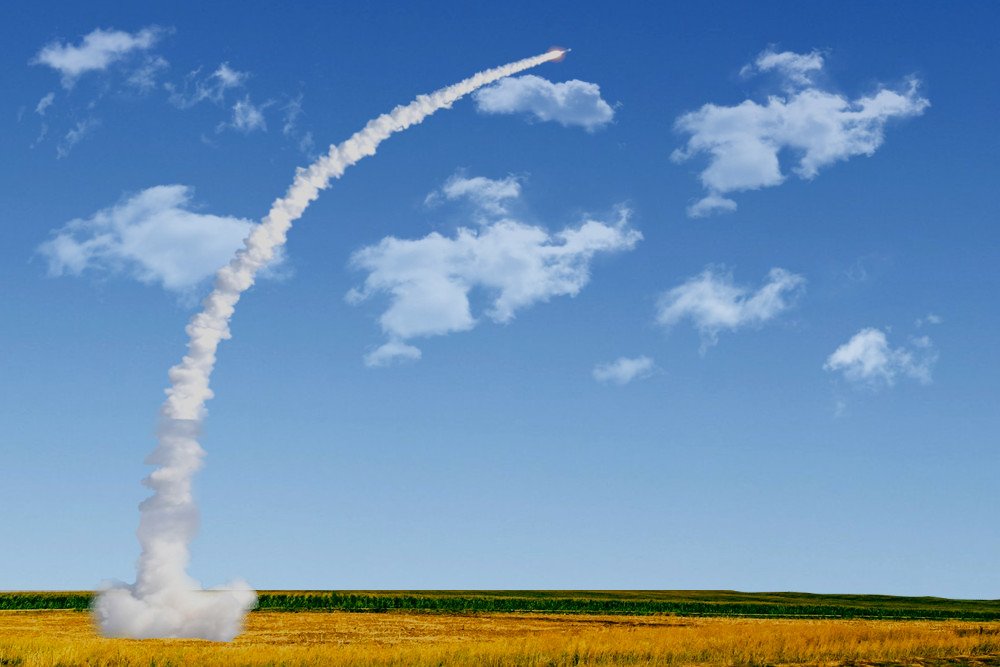
Do you notice the rather intriguing thing about the rocket’s path? Instead of moving in a straight line, the rocket follows a curved trajectory. This isn’t a mistake—you will see the exact same thing in every other picture and video of a rocket launch.
Even so, it doesn’t seem to make sense. The rockets are supposed to go into space. So wouldn’t it make more sense if they went straight up in a line, rather than following a parabolic path? They’d reach space much faster that way, it would seem. There must be a reason because rocket scientists tend to be pretty smart, so why do they not go straight up?
Recommended Video for you:
Why Do Rockets Launch Vertically?
In the context of space technology, a rocket is something that can send people and stuff into space. That thin, cylindrical, very tall vehicle launches from the launch pad, leaving a humongous cloud of smoke in its wake.
In theory, it could launch like an airplane taking off from a runway, but that would require several changes in the current rocket designs and be downright uneconomical. (Check out Why Don’t Space Shuttles Take Off Like Airplanes?)
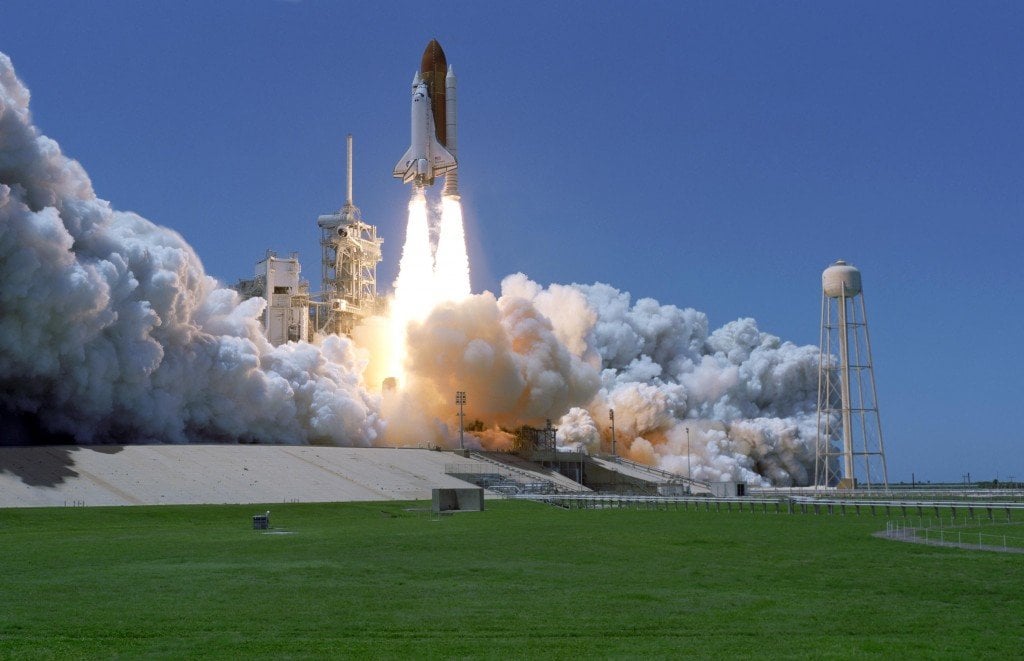
Rockets are launched vertically with tremendous upward thrust, thanks to their engines and the solid boosters attached (jettisoned soon after the launch). Following the launch, the rocket’s climb is initially slow, but by the end of the first minute into the ascent, the rocket is moving at a staggering 1,000 mph (1,609 kmph). (Source)
As a rocket soars through the atmosphere, it expends a substantial portion of its energy battling air resistance. To optimize its fuel usage, the rocket must swiftly ascend to a high altitude, piercing through the densest part of the atmosphere in the shortest distance possible. This strategic maneuvering is a testament to the meticulous planning and precision involved in rocket launches.
Why Does A Rocket’s Trajectory Change After The Launch?
Much confusion about a rocket’s trajectory stems from the common assumption that most rockets want to escape Earth’s gravity and reach ‘space’.
While this is not technically incorrect, it does not paint a clear picture.
First, space is not all that far away (you might want to check out: Where does space begin?).
You are officially considered ‘ in space ‘ if you fly above 100 km (62 miles) above Earth. The US Air Force would call you an ‘astronaut’ if you flew above 80 km (almost 50 miles). Felix Baumgartner’s skydive (he holds the record for the highest vertical free fall without drogue) is famously called a ‘space jump’, even though he only jumped from an altitude of 39 km (around 24 miles).
There’s one singular takeaway from all of this….

Hence, it’s not that rockets simply want to reach ‘space’; they can actually do that using much less fuel. What most rockets really want to do is enter the Earth’s ‘orbit’.
Why Is Making It Into The Orbit So Important?
The primary goal of rockets is to attain the planet’s orbit and stay there. Once a rocket reaches the planet’s orbit, the gravitational pull of the planet keeps it from drifting off into outer space. However, the gravitational pull is not so strong that the rocket must burn massive fuel to prevent it from plummeting back to Earth.
To enter orbit, a rocket initially tilts onto its side and gradually increases the tilt until it achieves an elliptical orbit around Earth.
However, attaining the desired orbit is not easy. It requires a huge quantity of fuel to attain a horizontal velocity of 28,968 kmph (18,000 mph) (Source). The technique used to optimize the spacecraft’s trajectory to attain the desired path is called a gravity turn or a zero-lift turn.
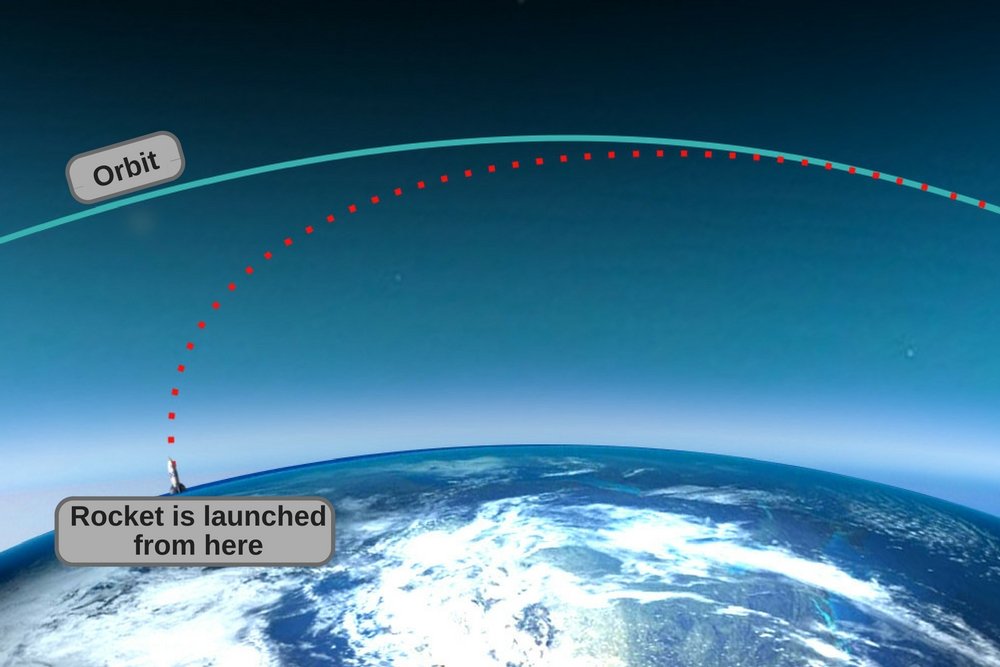
This technique provides two significant benefits. Firstly, it allows the rocket to maintain a low or zero angle of attack during the early stages of ascent, which means the rocket experiences less aerodynamic stress. Secondly, it allows the rocket to use Earth’s gravity instead of its own fuel to change direction. The rocket can save the fuel that it would have used to change direction and use it to accelerate horizontally to attain a high speed and enter the orbit easily.
In summary, a rocket must curve its trajectory after launch to enter Earth’s orbit. If it goes straight up without curving its path, it will eventually run out of fuel and plummet back to Earth like a stone.
Last Updated By: Ashish Tiwari
References (click to expand)
- Rocket Principles.
- Launch a rocket from a spinning planet.
- He, S., & Lee, C.-H. (2018, January). Gravity-Turn-Assisted Optimal Guidance Law. Journal of Guidance, Control, and Dynamics. American Institute of Aeronautics and Astronautics (AIAA).
- Lawden, D. F. (1991, July). Rocket trajectory optimization - 1950-1963. Journal of Guidance, Control, and Dynamics. American Institute of Aeronautics and Astronautics (AIAA).


